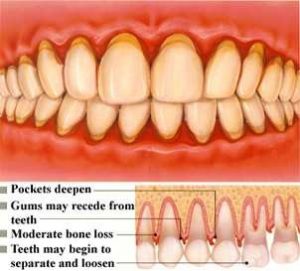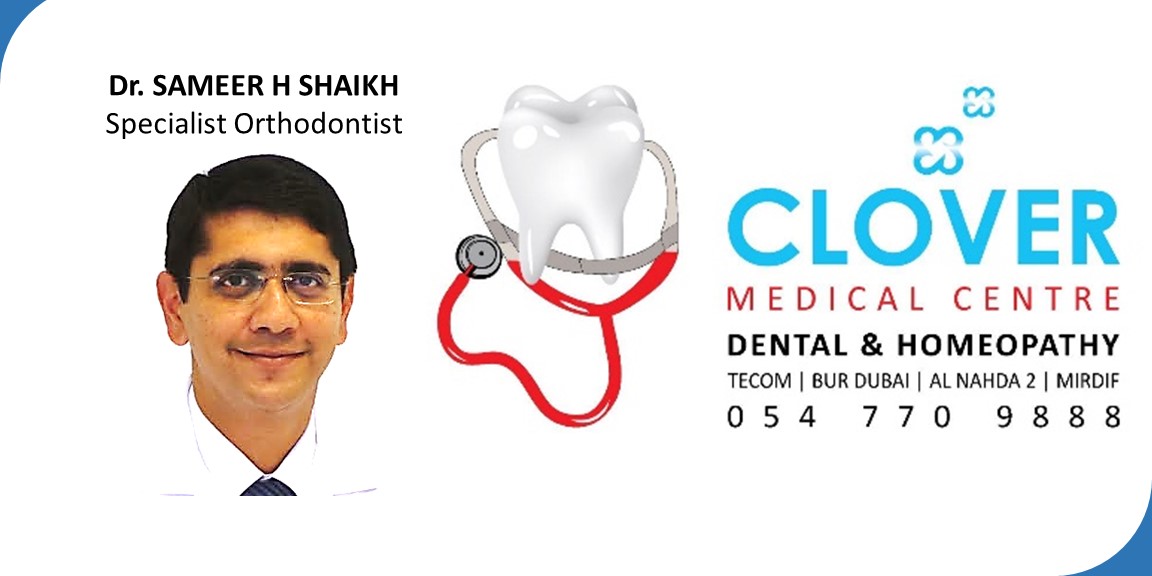Article 4:
Gum Disease
Gingivitis is the inflammation of the gums, usually caused by bacterial infection. If left untreated it becomes a more serious infection known as periodontitis. However, it is important to know that not all gingivitis progress to periodontitis. In early stages of gingivitis, bacteria in the plaque build up, and causing the gums to become inflamed and this results in bleeding gums during brushing. No bone or tissue damage occurs at this stage. In gingivitis, the gums become red, swollen and can bleed easily. Gingivitis is a mild form of gum disease that can usually be reversed with daily brushing and flossing, and regular cleaning by a dentist or dental hygienist.

When gingivitis is left untreated, it can advance to periodontitis. In a person with periodontitis, the inner layer of the gum and bone pull away from the teeth and form pockets. These small spaces between teeth and gums collect debris and can become infected. The body’s immune system fights the bacteria as the plaque spreads and grows below the gum line.
Toxins or poisons — produced by the bacteria in plaque as well as the body’ s “good” enzymes involved in fighting infections — start to break down the bone and connective tissue that hold teeth in place. As the disease progresses, the pockets deepen and more gum tissue and bone are destroyed. When this happens, teeth are no longer anchored in place, they become loose, and tooth loss occurs. Gum disease is the leading cause of tooth loss in adults.

About the Author:
Dr. Smrithi Varma is a certified specialist periodontist and implantologist with invaluable experience in hospital, community and general dentistry. She graduated from the celebrated Dr MGR Medical University in 2003. Following a very substantial period of general practice, she pursued her specialization in the field of Periodontics from Meenakshi Ammal Dental College, India. An ardent and dedicated scholar, she has presented her groundbreaking scientific findings at a multitude of international fora.
